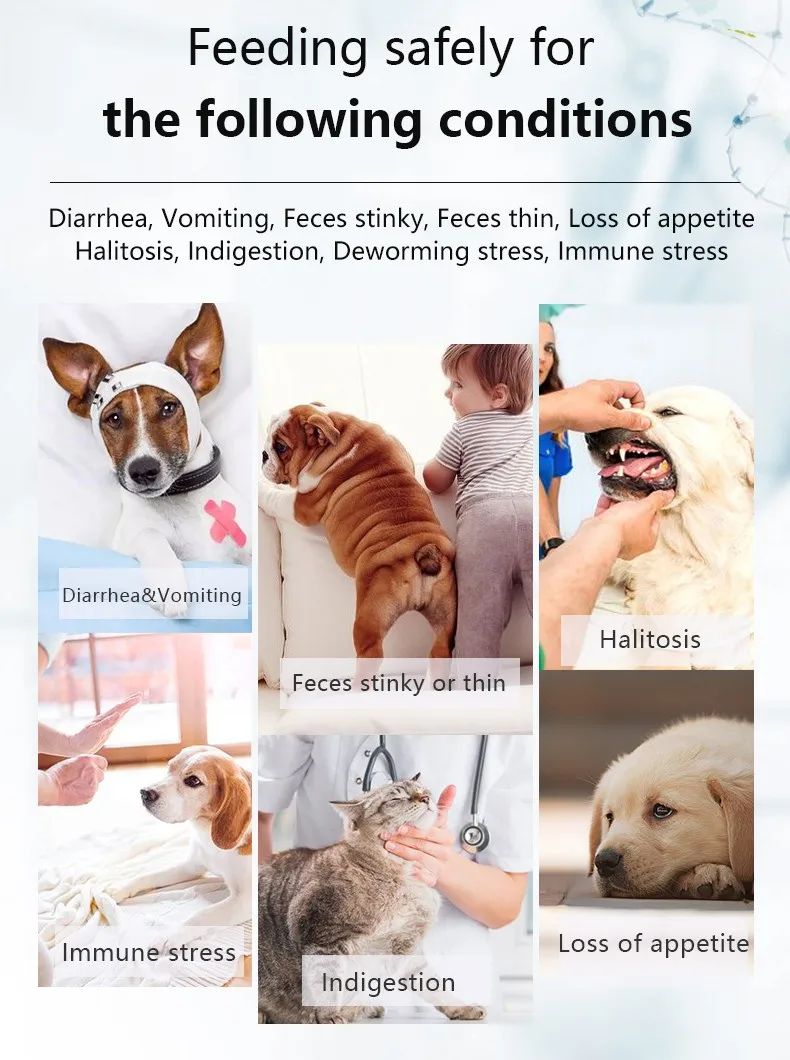"Revolutionizing Pet Care: The Impact of Pet Prosthetics on Animal Mobility and Quality of Life"
Guide or Summary:Understanding Pet ProstheticsThe Need for Pet ProstheticsTypes of Pet ProstheticsThe Process of Fitting Pet ProstheticsThe Benefits of Pet……
Guide or Summary:
- Understanding Pet Prosthetics
- The Need for Pet Prosthetics
- Types of Pet Prosthetics
- The Process of Fitting Pet Prosthetics
- The Benefits of Pet Prosthetics
Understanding Pet Prosthetics
Pet prosthetics refer to custom-made devices designed to replace or support the function of a missing or injured limb in animals. As veterinary medicine advances, the use of prosthetics is becoming increasingly common for pets, particularly dogs and cats that have suffered from accidents, congenital disabilities, or diseases like cancer. These devices not only aid in mobility but also significantly enhance the quality of life for affected animals.
The Need for Pet Prosthetics
Many pets experience limb loss due to various reasons, including traumatic injuries, severe infections, or genetic conditions. For these animals, traditional treatments may not suffice, leaving pet owners searching for alternatives. This is where pet prosthetics come into play. They provide a viable solution that allows pets to regain their mobility, enabling them to run, play, and enjoy life as they did before their injury.
Types of Pet Prosthetics
There are several types of pet prosthetics available, tailored to meet the specific needs of different animals. Common types include:
1. **Leg Prosthetics**: These are designed for pets that have lost a leg or have severe limb deformities. They can be made from lightweight materials to ensure comfort and ease of movement.
2. **Paw Prosthetics**: These are specifically designed to replace a missing paw or to support a damaged paw. They often include features that mimic the natural movement of a paw, allowing for better agility.
3. **Tail Prosthetics**: For pets that have lost their tails due to injury or illness, tail prosthetics can help maintain balance and communication signals, which are vital for social interaction.

4. **Custom-Made Solutions**: Many veterinarians and prosthetic specialists offer custom solutions tailored to the unique anatomy and needs of each pet.
The Process of Fitting Pet Prosthetics
Fitting a pet with a prosthetic device typically involves several steps:
1. **Consultation**: Pet owners should consult with a veterinarian who specializes in orthopedics or rehabilitation. The vet will assess the pet's condition and determine if a prosthetic is a suitable option.
2. **Measurement and Design**: Once a decision is made, the next step involves taking precise measurements of the pet's limb. This data is used to create a custom prosthetic that fits securely and comfortably.
3. **Fabrication**: The prosthetic is then fabricated using durable yet lightweight materials. Modern technology, such as 3D printing, is often employed to ensure a perfect fit.

4. **Fitting and Adjustment**: After the prosthetic is created, it is fitted to the pet. Adjustments may be necessary to ensure optimal comfort and functionality.
5. **Rehabilitation**: Post-fitting, a rehabilitation program may be recommended to help the pet adapt to the new device. This can include physical therapy and gradual training to regain strength and mobility.
The Benefits of Pet Prosthetics
The use of pet prosthetics offers numerous benefits, including:
- **Improved Mobility**: Prosthetics allow pets to move more freely, which is essential for their physical health and emotional well-being.
- **Enhanced Quality of Life**: With increased mobility, pets can engage in activities they enjoy, leading to a happier and more fulfilling life.

- **Pain Relief**: By providing support, prosthetics can alleviate pain associated with limb loss or injury, making it easier for pets to move around.
- **Strengthened Bond**: Pet owners often report a stronger bond with their pets after the introduction of prosthetics, as they see their furry companions regain their zest for life.
Pet prosthetics are a groundbreaking advancement in veterinary medicine, offering hope and improved quality of life for pets facing mobility challenges. As technology continues to evolve, the future of pet prosthetics looks promising, with innovations that will further enhance the lives of our beloved animals. For pet owners considering this option, consulting with a qualified veterinarian is the first step toward restoring their pet's mobility and happiness.